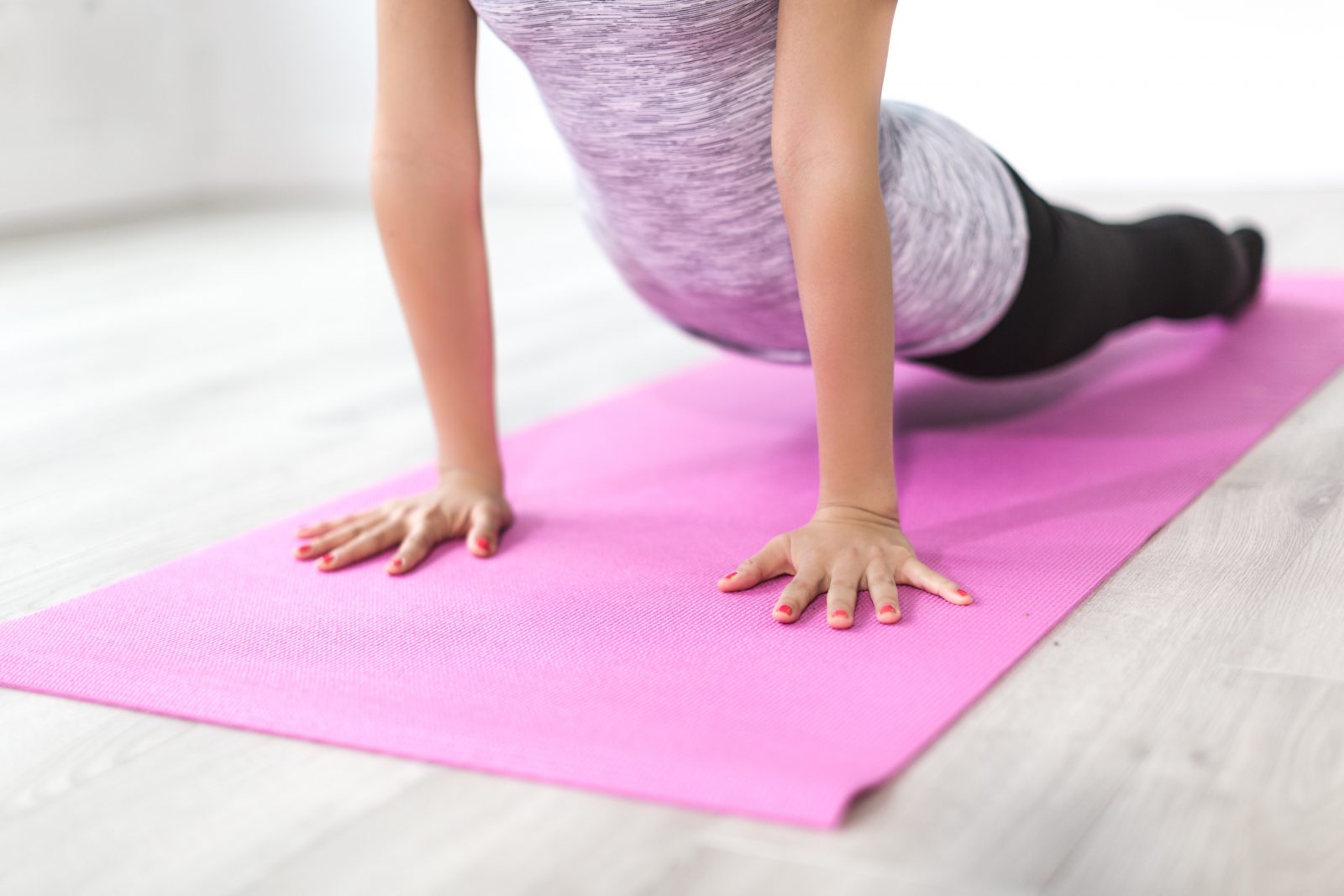
Deciding to get in shape is a big step, but what’s next? The obvious answer is hire a personal trainer who can help you see big changes in a relatively short period of time. However, as a personal trainer I know that hiring one can be expensive and with the current state of the world, almost impossible! Well that’s why I’m here! Throughout this blog I’ll teach you how to create an effective workout program so that you learn how to train smarter, not harder!
Keep reading to find out the five key factors you need to incorporate in your workout plan. Understanding and following these five factors will help you build a program that allows you to train smarter, not harder! A plan that will be fit your goals, and your lifestyle!
Factor 1: Frequency and Consistency
At the end of the day you could have the best training program in the world, but if you’re not training your muscles frequently and consistently- you won’t see results. You need to build a program that is doable for you and your lifestyle. Be honest with yourself. Training consistently three days a week is a lot more beneficial than training six days one week then one day the next then three days the week after that. 
Tip: Look over your weekly schedule. Find consistent gaps of at least 30 minutes. This will help you identify times where you could fit a workout in. Then write down the days of the week and list off the days you will work out (try and specify the time too) and the days you will rest. Having something written down or in your phone will hold you more accountable.
Factor 2: Build in Rest Days
I tell my clients this all the time… REST is just as important as the workouts. If you plan to workout five days a week, make sure that you plan two rest days in your schedule; one as an active rest day and one as a recovery day.
Yes the term “active rest” is an oxymoron. The point of active rest is to engage in low impact physical activity, different from your normal training, but keeps your body moving. These days can help with muscle recovery and range of motion while still keeping you in that habit of moving daily.

Tip: Some of my favourite active rest activities include: walking, yoga, and foam rolling. Many people also enjoy swimming!
Just remember to program your rest days into your schedule to avoid overtraining! Overtraining can lead to burn out and injury!
Factor 3: Variety
Variety is the spice of life! Variety is so important in avoiding overuse injuries as well as boredom! Doing the same routine everyday is one way to get injured and bored. I often see this with people who are just starting to run. They run one mile for one week, two miles the next week, three miles the week after and so on and so forth. This is repeated for months until their joints are sore, range of motion is shortened and shin splints and plantar fasciitis affect every step!
Ideally she should have included VARIETY in her training. This could have looked something like three days of running and two days of strength training with active rest days built in. Her three running days could consist of intense hill sprints, a slow five mile run, and track work. Her strength training days would be full body based to make sure that her muscles are strong enough to withstand the running! This training plan would build up her speed, strength and endurance.
Factor 4: Challenge AKA Progressive Overload
Progressive overload is a term that personal trainers use all the time. It basically means that in order to make consistent progress your workouts need to get harder over time. Progressive overload is one of the hardest aspects of building an effective workout program but it can prevent your body from plateauing, which is when your body adapts to the type of exercise you’re doing. 
Four ways that you can implement progress overload are:
Increasing Resistance: or upping the weight that you are lifting. As a rule of thumb for resistance training you should be comfortable lifting between 10-12 reps before moving up in weight. For upper body exercises increase 2.5-5lbs and for lower body exercises increase 5-10lbs.
Increasing endurance: this means increasing the length of your run slightly or lifting weights for more repetitions.
Change the tempo: when it comes to lifting weights, slowing down the tempo or pace of a movement will increase the amount of time your muscles are under tension, requiring them to work harder and creating a whole different type of BURN! When it comes to running, trying shorter runs at a quicker pace!
Increase Reps: this one is pretty self explanatory but is very useful if you’re working out at home with limited equipment. Instead of increasing resistance, just increase your reps!
Tip: Don’t make changes to your program right away. Typically, I would recommend staying at any given difficulty for 4-6 weeks and ALWAYS listen to your body!
Factor 5: Keep Track of Everything
To program effectively you have to write things down! It’s important to write down the numbers (sets, reps, weights) as well things like how you felt during the workout, your mental state and how recovered you were from your previous workout. These notes will allow you to look back and see your progress, understand what is working and what needs to be altered.

Tip: There are some great (and very cute) workout tracking notebooks like this one on Amazon. Get something that makes you excited to open up and write in!
Finally- How Often Should I Train Every Muscle?
This is a question that I get all the time and unfortunately there’s not one size fits all answer. At the end of the day how often you train specific muscle groups depends on your specific goals, however, make sure you give attention to all major muscles. Spot training is not going to yield results and will oftentimes lead to muscle imbalances and injuries.
If you’re looking to workout two or three times a week I recommend full body workouts with a rest day between each. This allows all your muscles to be worked multiple times throughout the week.
If you’re looking to workout four to six days a week I recommend doing workout splits. A common workout split would look something like this:
Monday: Back and biceps
Tuesday: Legs
Wednesday: Chest and triceps
Thursday: Active Rest
Friday: Glutes
Saturday: Shoulders and core
Sunday: Rest
Anyways, I hope you took something away from reading my blog! Remember, that a workout program is nothing without consistency. Create something that suits you and your lifestyle! Fitness is a journey not a sprint. Take time to enjoy it, take time to learn what works for you, and remember to train smarter, not harder! If you’re ready to jump into your fitness routine, check out my previous post where I review some of the most popular workout leggings on the market here because if you look good, you feel good!
Xo Alex
Contributor| Dog Mom | Lifter of Heavy things | Lover of healthy treats | Well-Nut



Cardio kickboxing is best